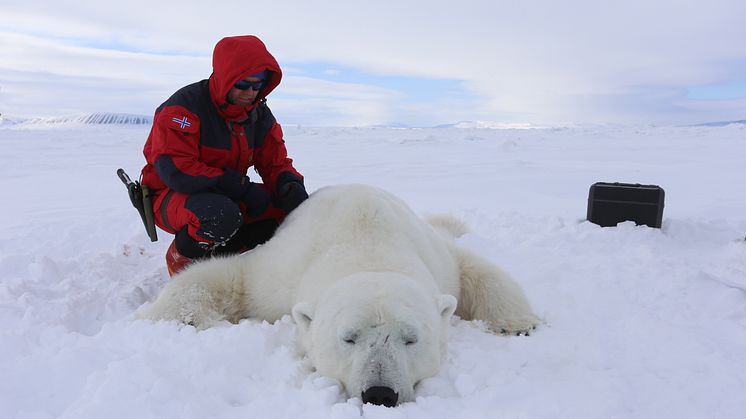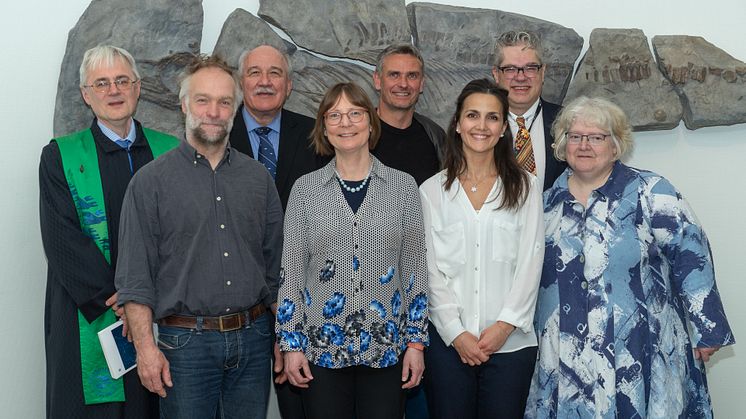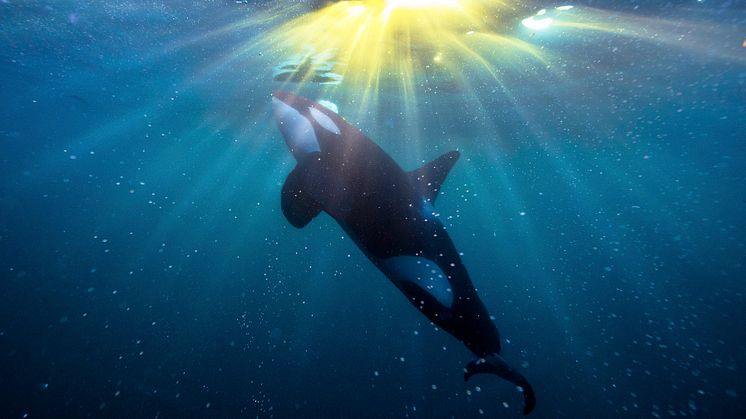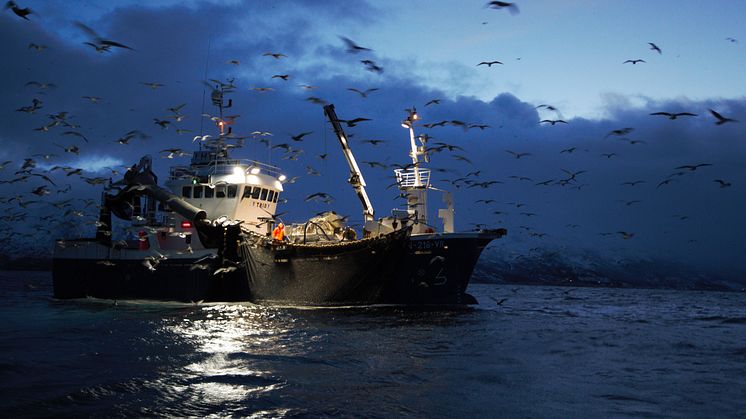
Nyhet -
Marine mammals fieldwork amongst fishermen
This week, Pierre Blévin (Akvaplan-niva) is on-board Helmer Hanssen participating to a fieldwork cruise to collect data on killer whales and humpback whales in northern Norway. The fieldwork leader, Audun Rikardsen from UiT the Arctic University of Norway, managed to collect biopsies of several whales while the fishing boats were pumping herrings from the nets. The samples will feed into various projects to investigate levels and effects of environmental pollutants on whales. One of these projects is "Cellular responses to contaminant exposure in marine mammals" led by the Norwegian Polar Institute (Heli Routti) and partners are Akvaplan-niva and the University of Bergen. The project is funded by the Fram Centre.
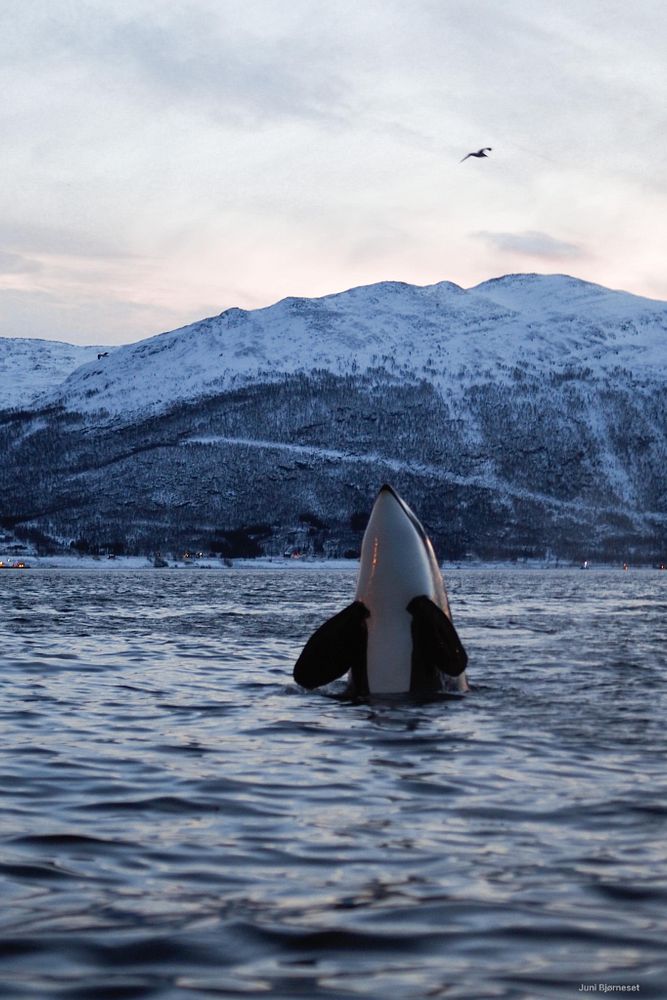
Killer whale. Photo: Juni Bjørneset
Read more about the project here: https://ifram.framsenteret.no/projects/cellular-re...
